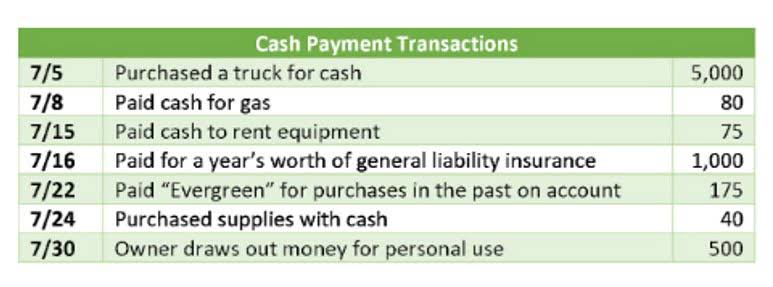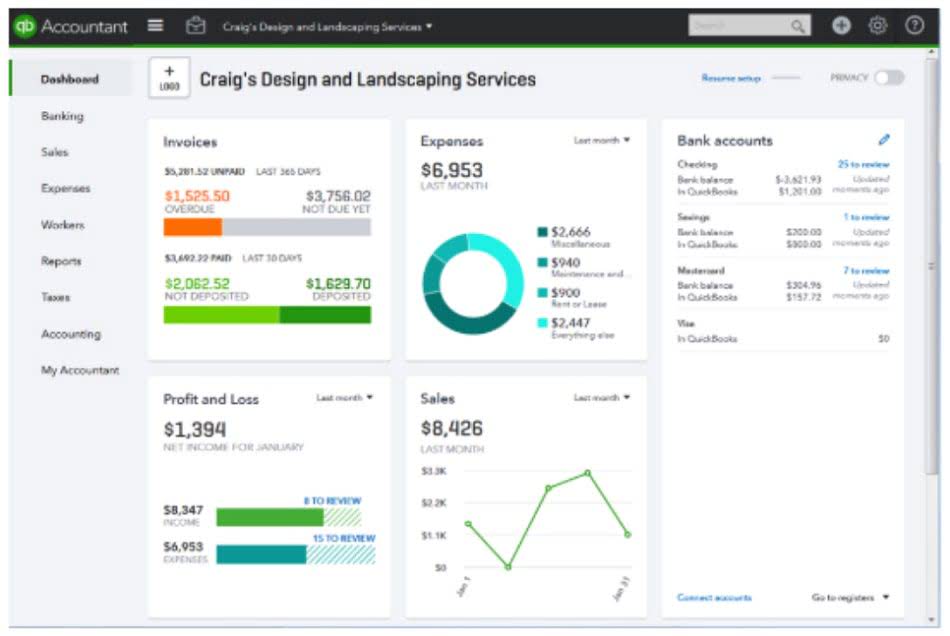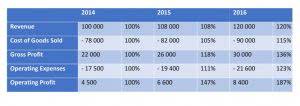
The cash conversion cycle should be compared to companies operating in the same industry and conducted on a trend. For example, measuring a company’s conversion cycle to its cycles in previous years can help with gauging whether its working capital management is deteriorating or improving. In the NGSS classroom, teachers can build on the resources students already have to meaningfully integrate CCCs into instruction. This perspective on CCCs that builds on students’ funds of knowledge is especially powerful for students from diverse backgrounds.
Days Sales Outstanding
AR management and collections software, such as Kolleno, further enhance the efficiency of receivables collection. Kolleno automates invoicing, ensuring timely and accurate invoice generation while eliminating manual errors that could lead to delays. Its comprehensive dashboard provides real-time insights into outstanding invoices, enabling businesses to track overdue payments and send automated reminders to customers. Additionally, Kolleno’s integrated payment platforms simplify the payment process, offering customers flexible options like credit cards, bank transfers, or digital wallets.

Stanford School of Medicine
- Poor AR handling can indicate that the business is having a hard time getting customers to pay.
- There are many different examples of patterns in science, and these can be simple or complex, microscopic or macroscopic, or physical or conceptual.
- Understanding the Cash Conversion Cycle (CCC) allows businesses to optimize their resources efficiently.
- With established relationships with certification bodies, laboratories, and authorities, they can streamline the certification process, ensuring efficiency and effectiveness.
- Students used patterns of properties to sort school lunch garbage into different categories.
- Therefore, Company Z does not need to hold much inventory and still holds onto its money for a longer period.
For example, a typical retailer buys inventory on credit from its vendors. When the inventory is purchased, a payable is established, but cash isn’t actually paid for some time. The cash conversion cycle is calculated by adding the days inventory outstanding to the days sales outstanding and subtracting the days payable outstanding. It lets companies calculate the cash that remains tied up What is bookkeeping in working capital with no cash received in exchange immediately. In such negative cash conversion cycle scenarios, businesses conduct Ratio Analysis and make investments before it makes sales.
Extend Accounts Payable Period:

In this article, we will explore the concept of the cash conversion cycle, its significance in assessing a company’s financial performance, and the strategies for optimizing this cycle to enhance cash flow and profitability. The Cash Conversion Cycle (CCC) is a financial metric that assesses how efficiently a company manages its working capital. It calculates the time it takes for a company to convert its investments in inventory and accounts receivable into cash flows from sales. The CCC is particularly useful for understanding the liquidity and operational efficiency of a business. A negative cash conversion cycle occurs when a company makes sales and receives cash faster than it pays its vendors for the inventory or raw materials required to produce the sale.
- These materials are then transformed into finished goods and sold in 15 days.
- The cash conversion cycle depends on three other working capital metrics that most businesses track.
- This certification is a mandatory requirement for products that are listed in the CCC catalogue.
- The measure determines the company’s capacity to repay a business loan and fulfill other financial obligations.
- This includes analysing log files to help identify and prevent unauthorised access to our network, the distribution of malicious code, denial of services attacks and other cyber-attacks, by detecting unusual or suspicious activity.
- In this section, we will provide you with an overview of CCC certification, including its history, purpose, and scope.
Processing your payment
- The cash conversion cycle measures the amount of time it takes for a business to convert its cash investments in raw materials or inventory into cash from product sales.
- He processed 165 Reenlistments, 81 Extensions, 12 approved “C” School packages, and 1 approved Medical Enlisted Commissioning Program package resulting in an overall 6% increase in retention.
- These companies often find it difficult to collect Cash from customers, and sometimes suppliers “squeeze them” by imposing unfavorable payment terms.
- However, it’s important to note that many of the obvious steps for improving these actions can end up hurting you in the long run if taken too far.
- In essence, the CCC highlights how effectively a business converts its resources into cash.
We typically recommend a period of 13 weeks since most businesses will have enough cash flow data to make an accurate calculation for that timeframe. The cash conversion cycle measures the length of time it takes to convert inventory and supply investments into cash. The DSO represents the length of time from the sale of a product to the actual collection of cash. A shorter DSO means the company is faster at converting its accounts receivable into cash. Ultimately, pursuing lean business models and incrementally reviewing collection and payment terms with vendors and customers, respectively, is essential to shorten your cash conversion cycle. Organisations must also take a hard look at their entire cash cycle to eliminate any redundant steps by automating their data collection and cash flow processes.
This means the company’s vendors are effectively financing the company’s operations. An example of this is Apple, which as of 2022, it has a negative cash conversion cycle of -60 days as it’s figured out how to sell its product faster than the length of time it takes to pay its accounts payable. The cash conversion cycle measures the amount of time it takes for a business to convert its cash investments in raw materials or inventory into cash from product sales. It is an important measure of the business cycle that shows how long a company will cash conversion cycle have to wait from its initial investment in production material to actually receiving cash.

Ready to grow your business? See how much you qualify for:
Under EN1’s leadership, 63 sailors were exam eligible, 1 sailor was selected for ADSW orders to support MSRON-1 High Value Unit, and 3 sailors reenlisted. Ensured unit level training was conducted to included 264 hours of driver training which resulted in 4 white licenses issued. Directed 69 sailors to attend 483 hours of small arms weapons simulator training that led to 17 sailors qualifying on the M9, M4, and M500 during live fire exercises. Conducted unit level training during annual training to include static small boat training for 4 sailors during AT where 270 PQS line items Accounts Payable Management were signed off. Under EN1’s guidance as the N7 LPO and Schools Coordinator, the training department processed 88 core Maritime Expeditionary Security Force(MESF) school and AT requests.


Businesses shouldn’t consider the CCC metric in isolation but rather as one of the overall metrics to measure a company’s performance. It helps compare a company’s performance to similar businesses in the same industry or track its efficiency over time. Businesses use the CCC metric to determine their operating efficiency and identify areas for improvement. A comprehensive understanding of the cash conversion cycle provides a competitive benefit in the current dynamic landscape of business particularly when integrated with ERP systems. Therefore, Business owners will benefit from improved cash flow and profitability as inventory turnover speed is accelerated. Keeping track of the CCC as time passes can provide us with useful insights into a business’s financial health and liquidity.
It is important to note that the CCC mark is required for products that are intended to be sold or used in China, regardless of whether they are imported or produced domestically. The first step in the CCC certification process is to identify whether your product falls under the scope of the CCC catalogue. If your product is listed, you will need to prepare the necessary application documents, which may include technical specifications, test reports, and other supporting documents. These documents will be reviewed by a Chinese certification body to ensure compliance with Chinese regulations. The China Compulsory Certification (CCC) mark is like a passport for your products entering China—it’s a must-have. This certification proves that your items meet the country’s strict safety and quality standards.
